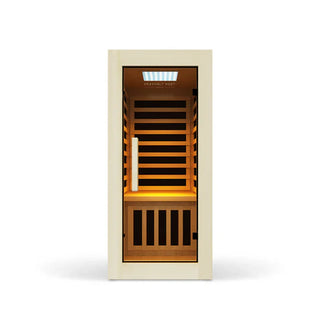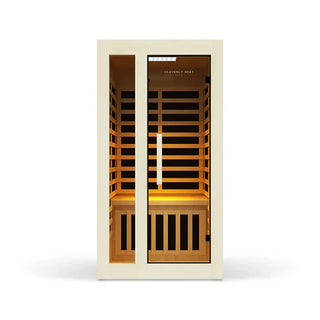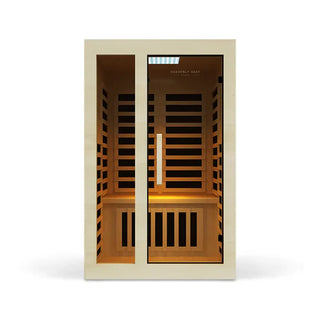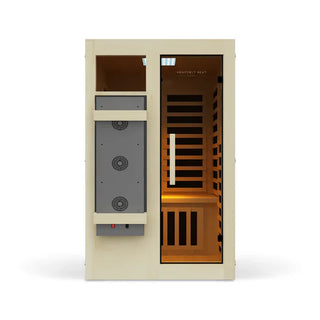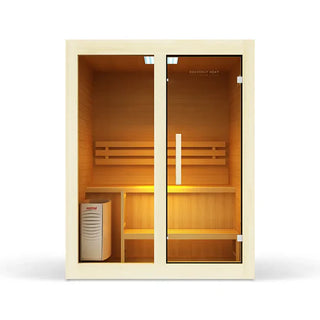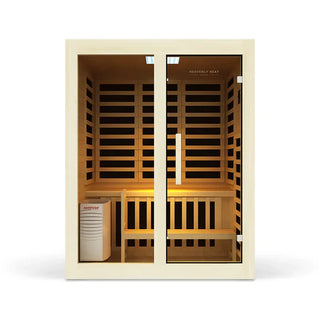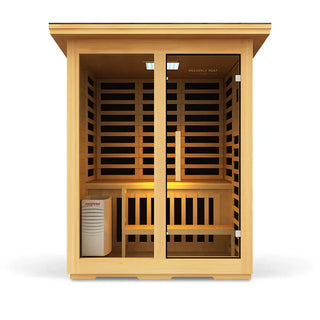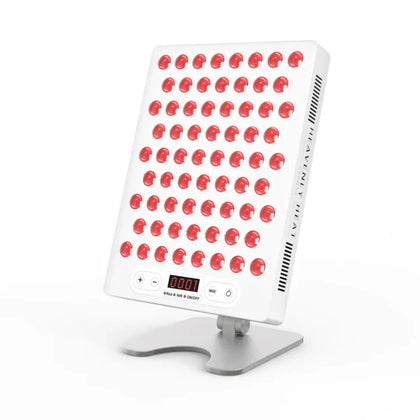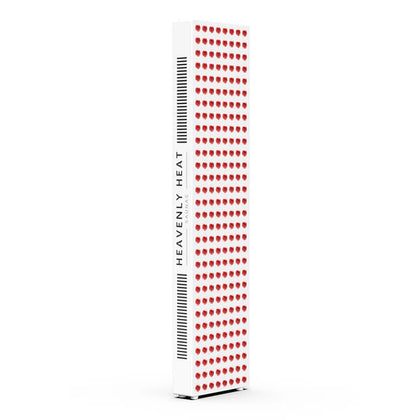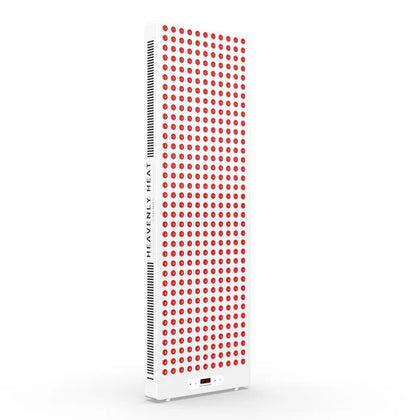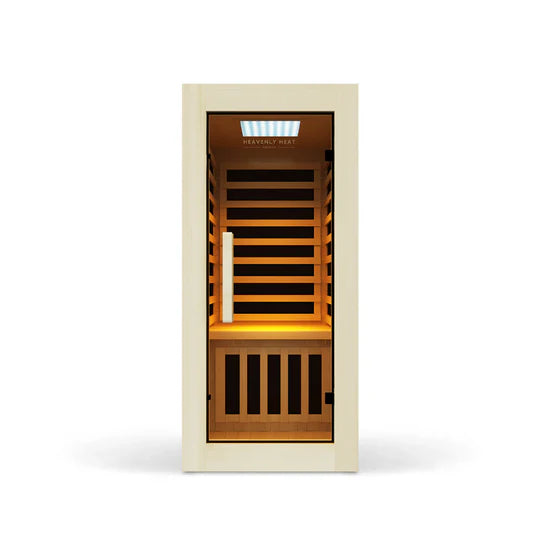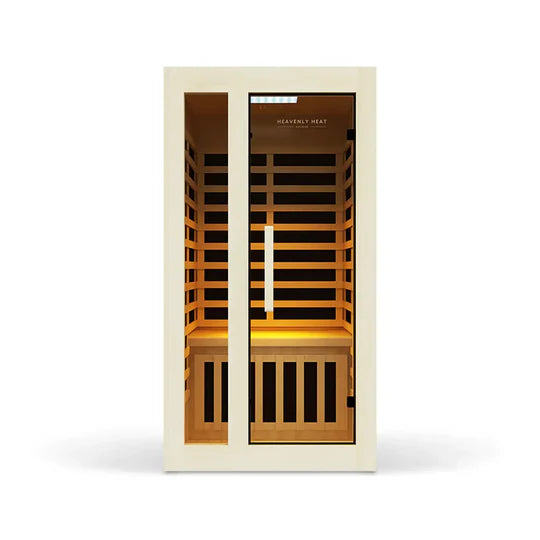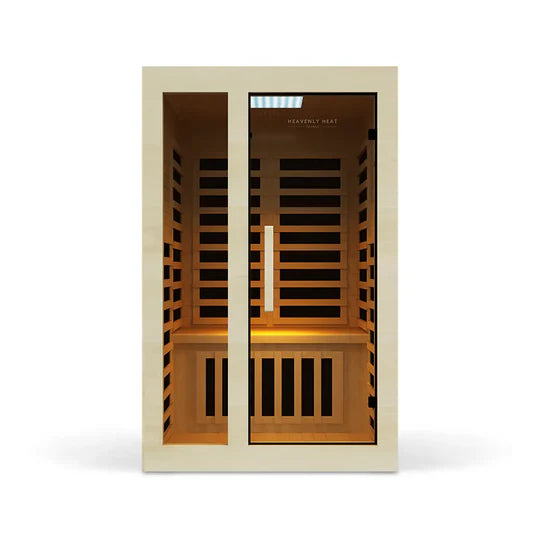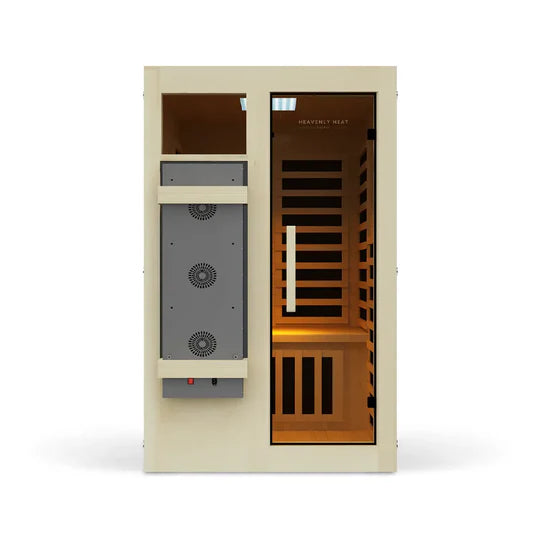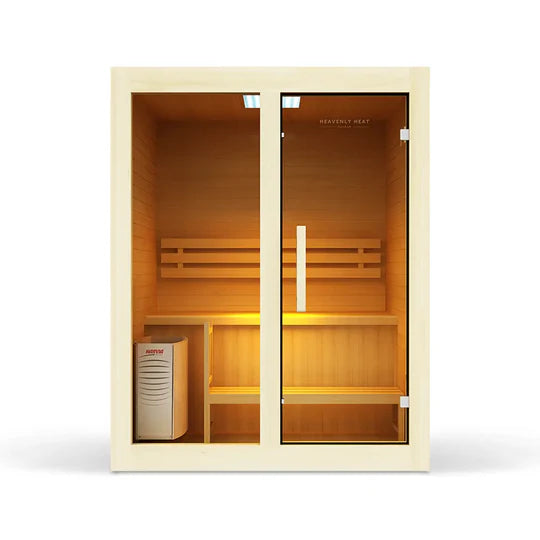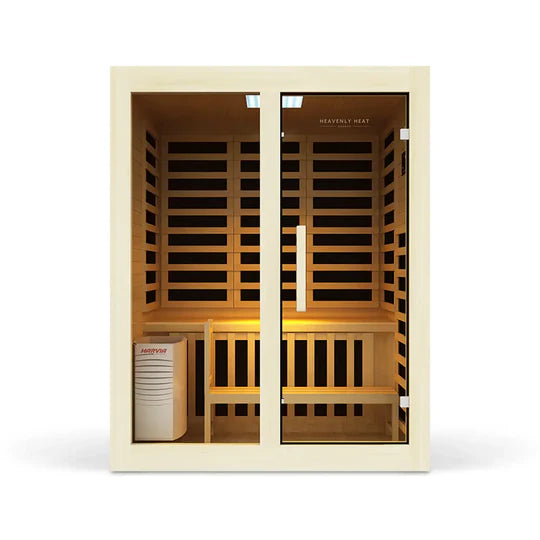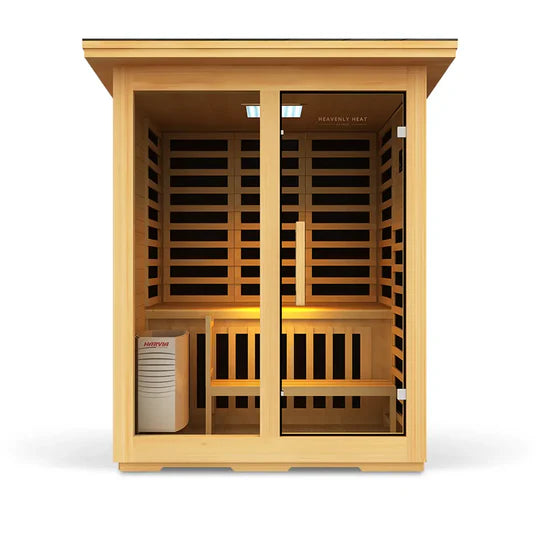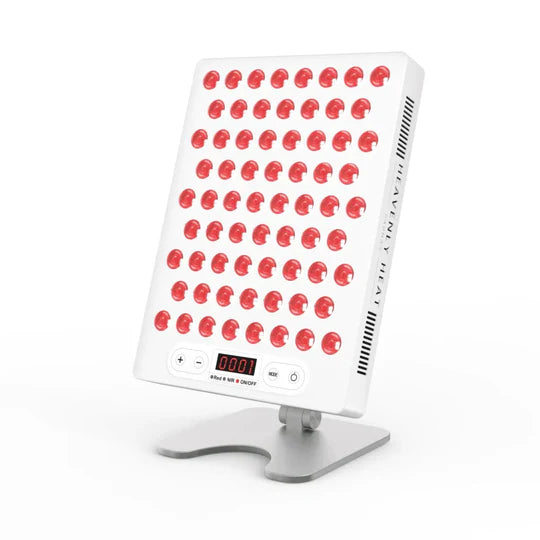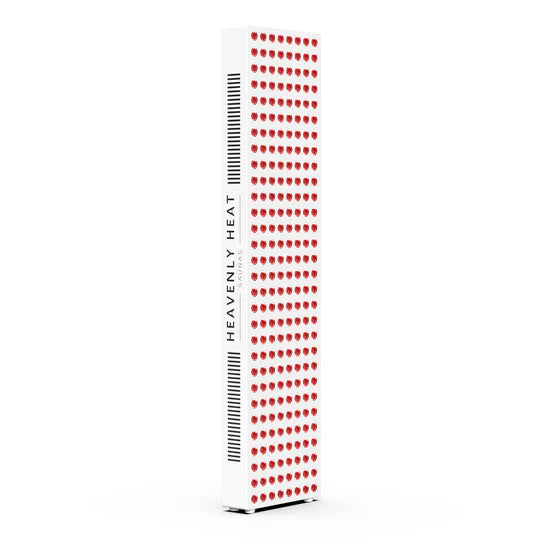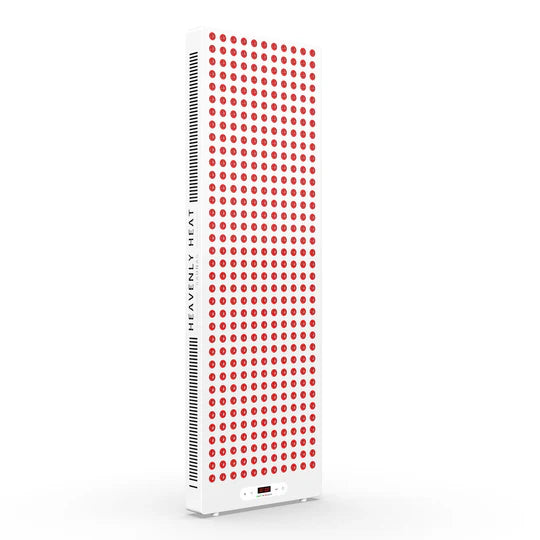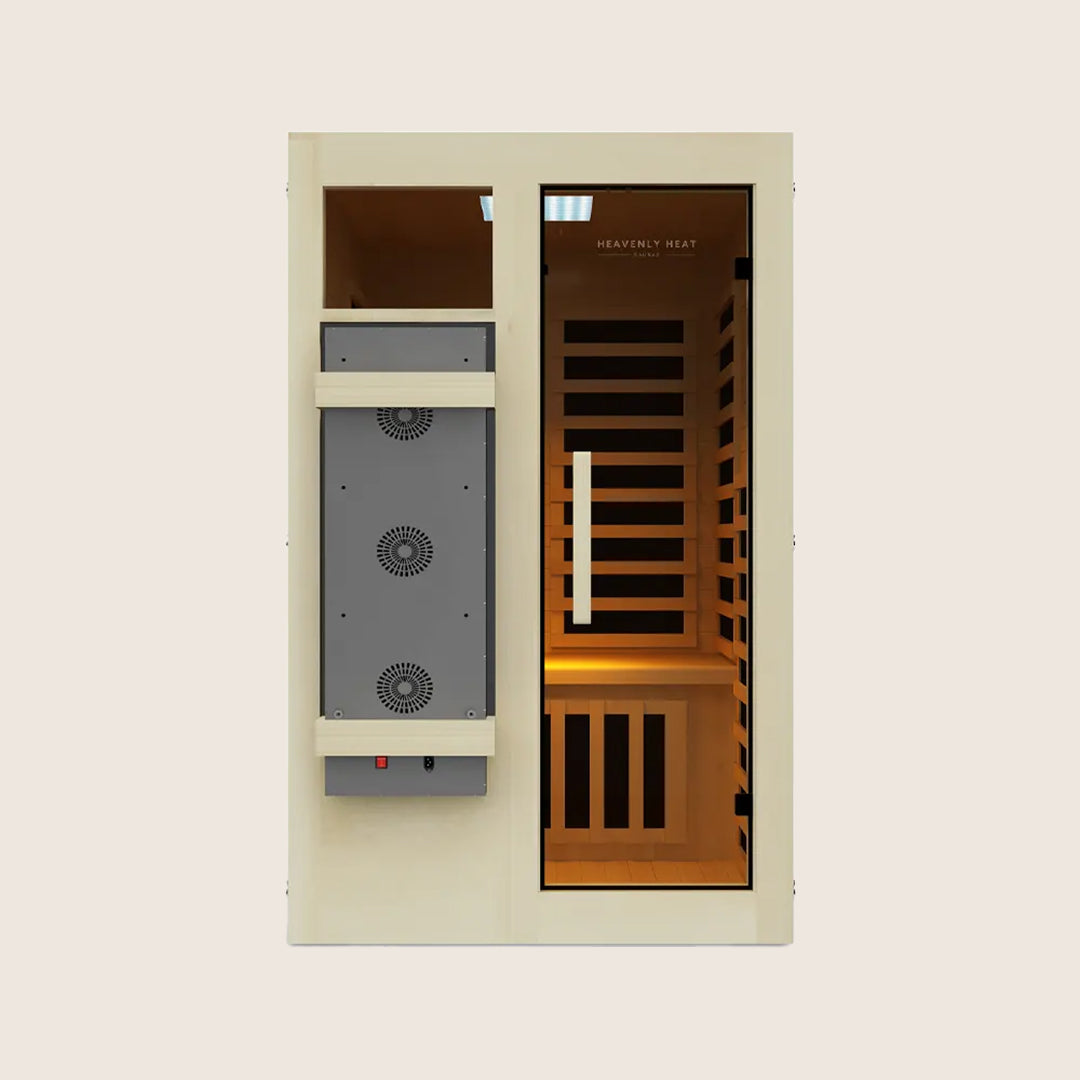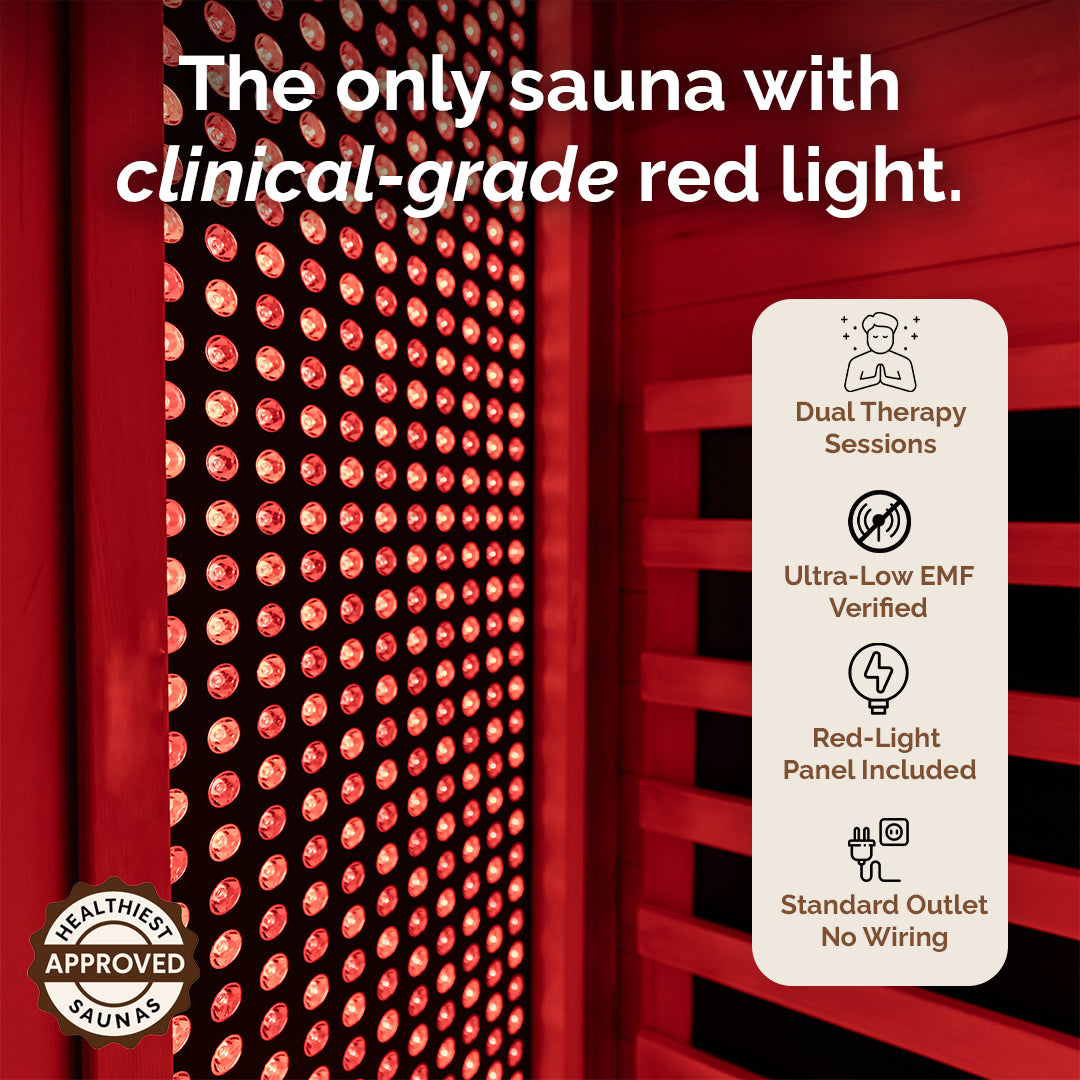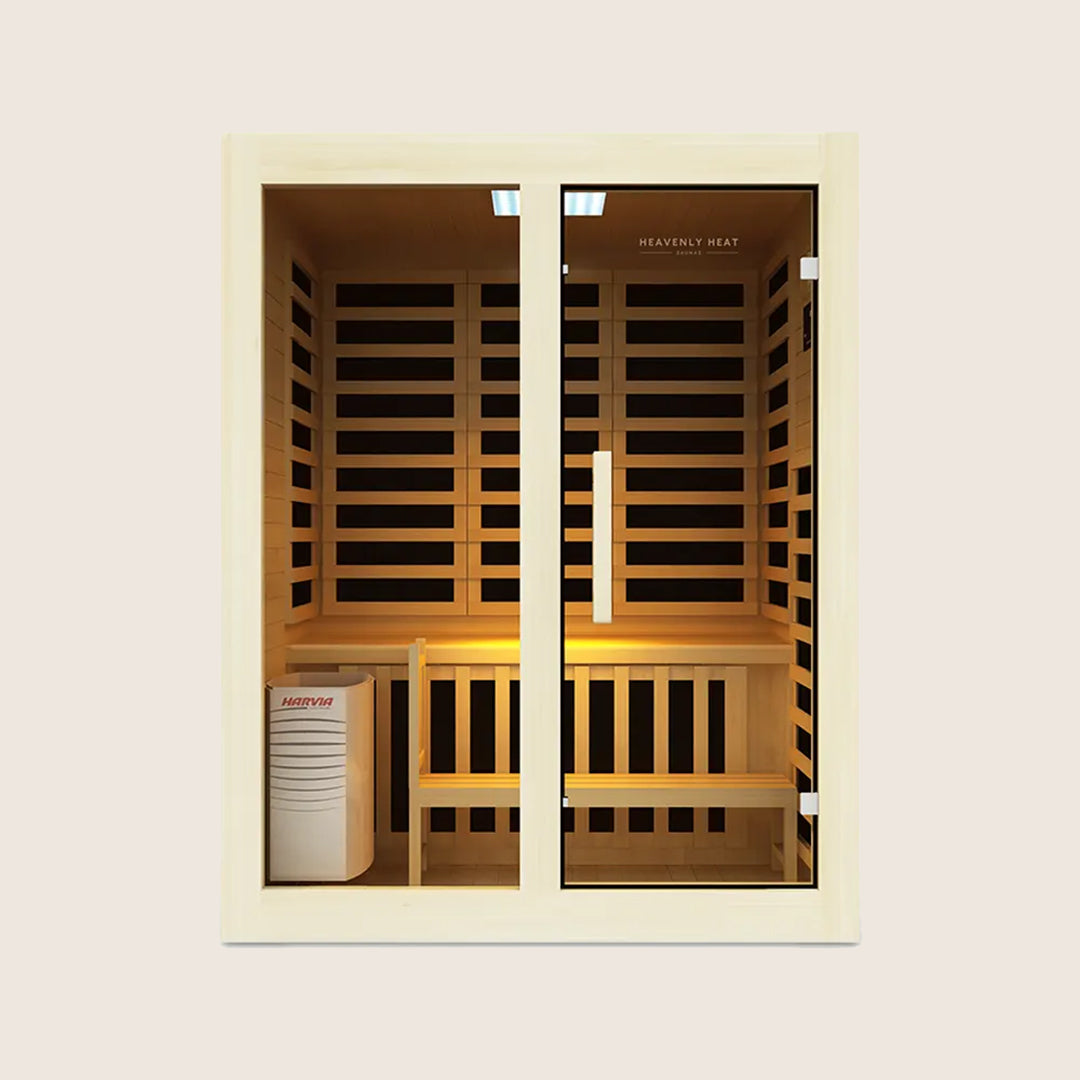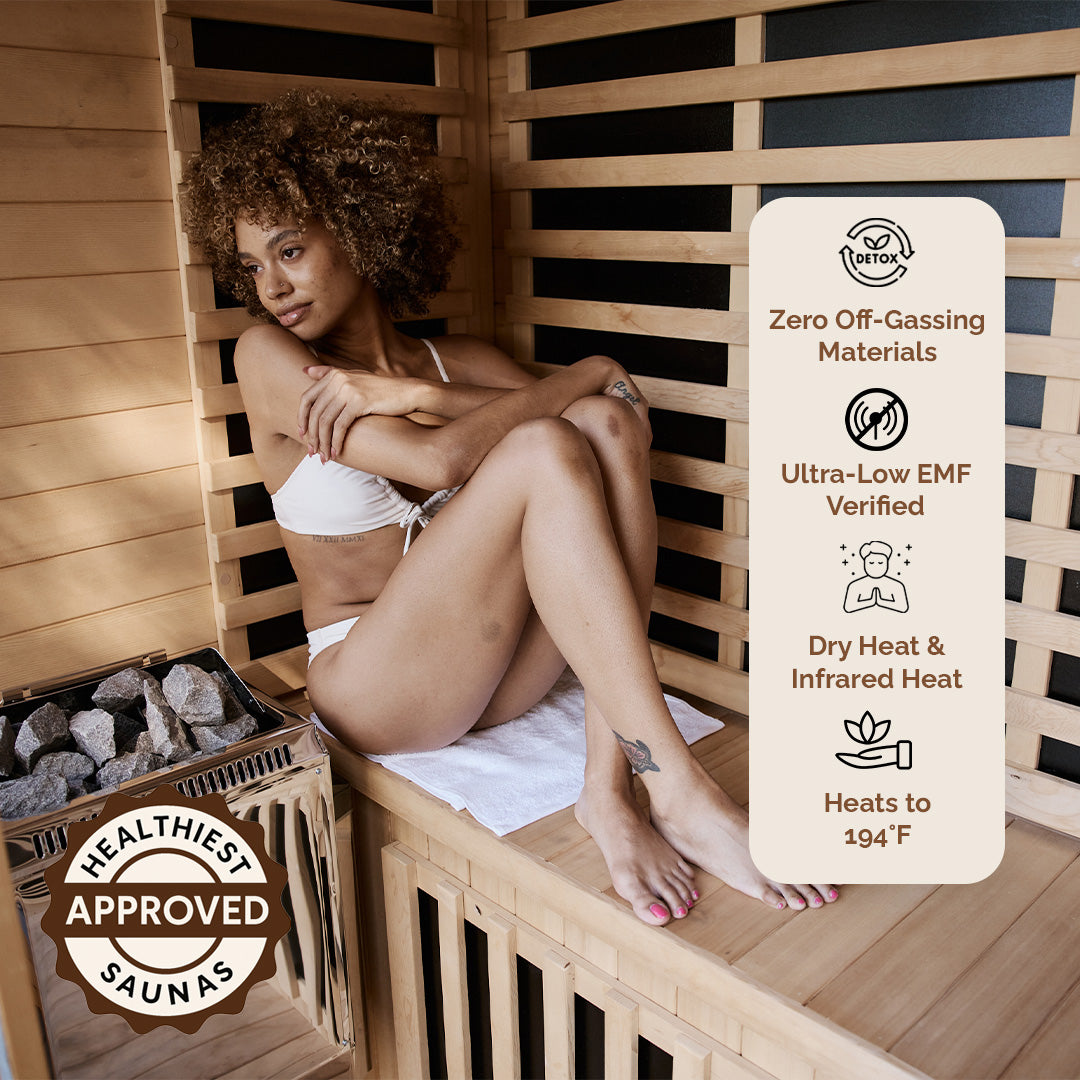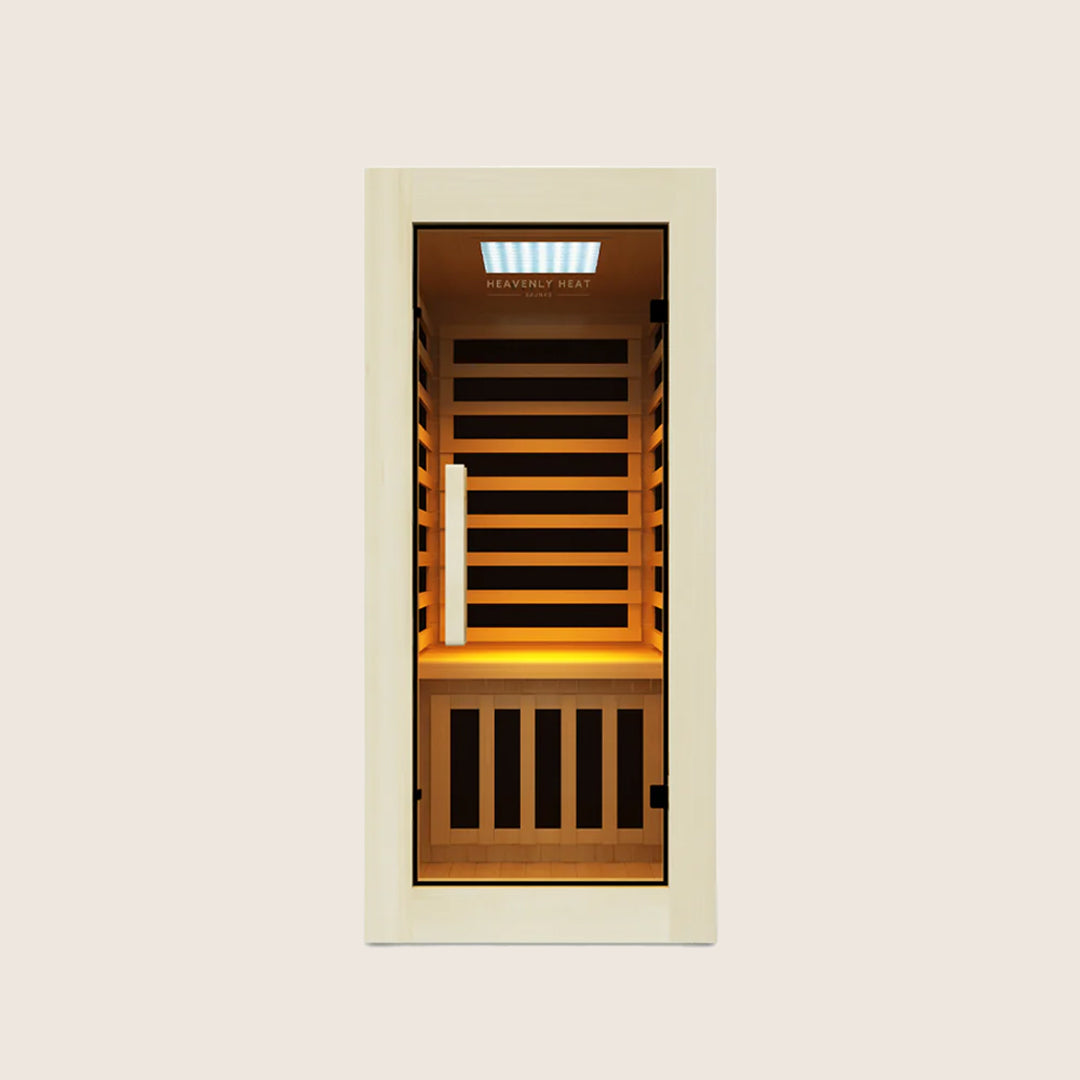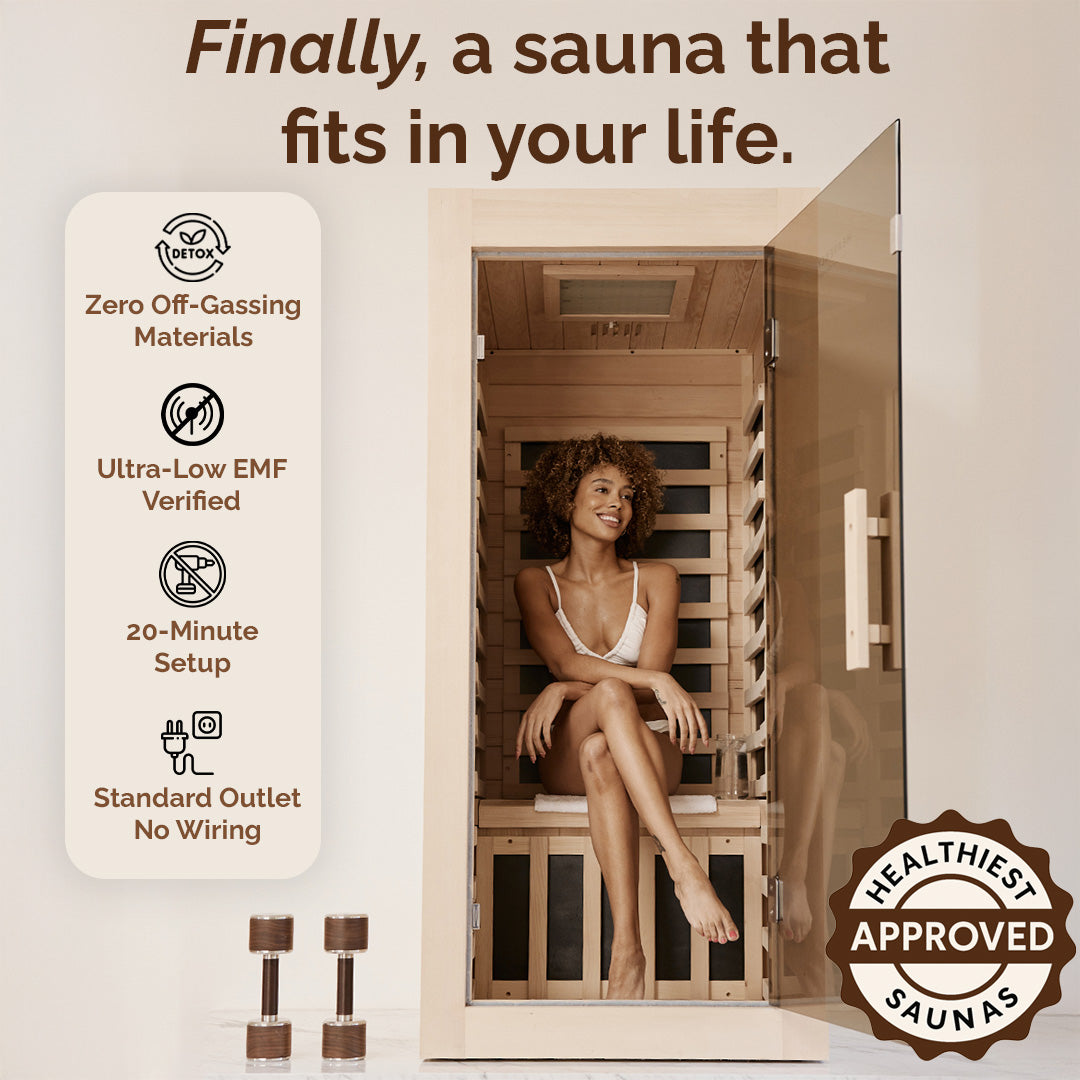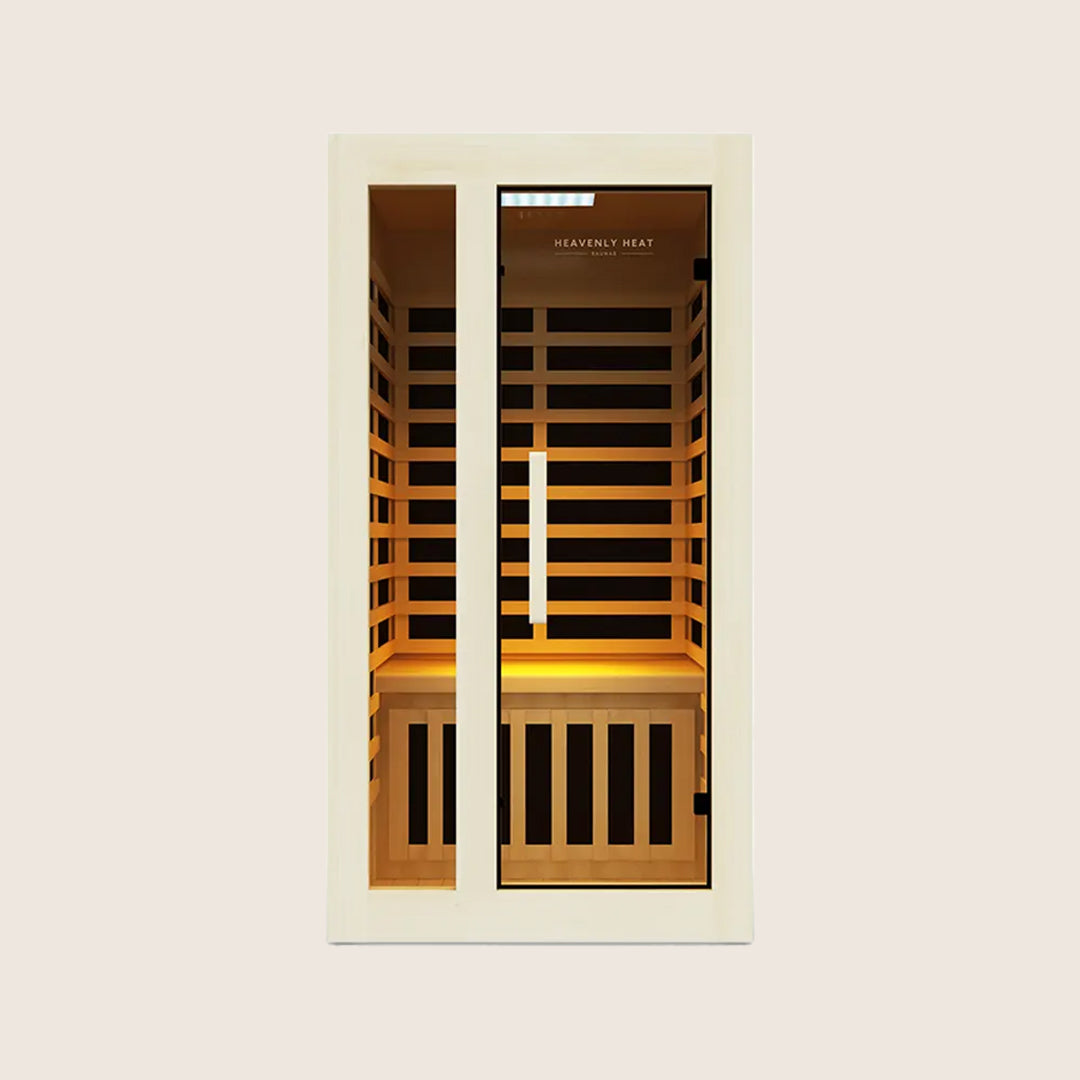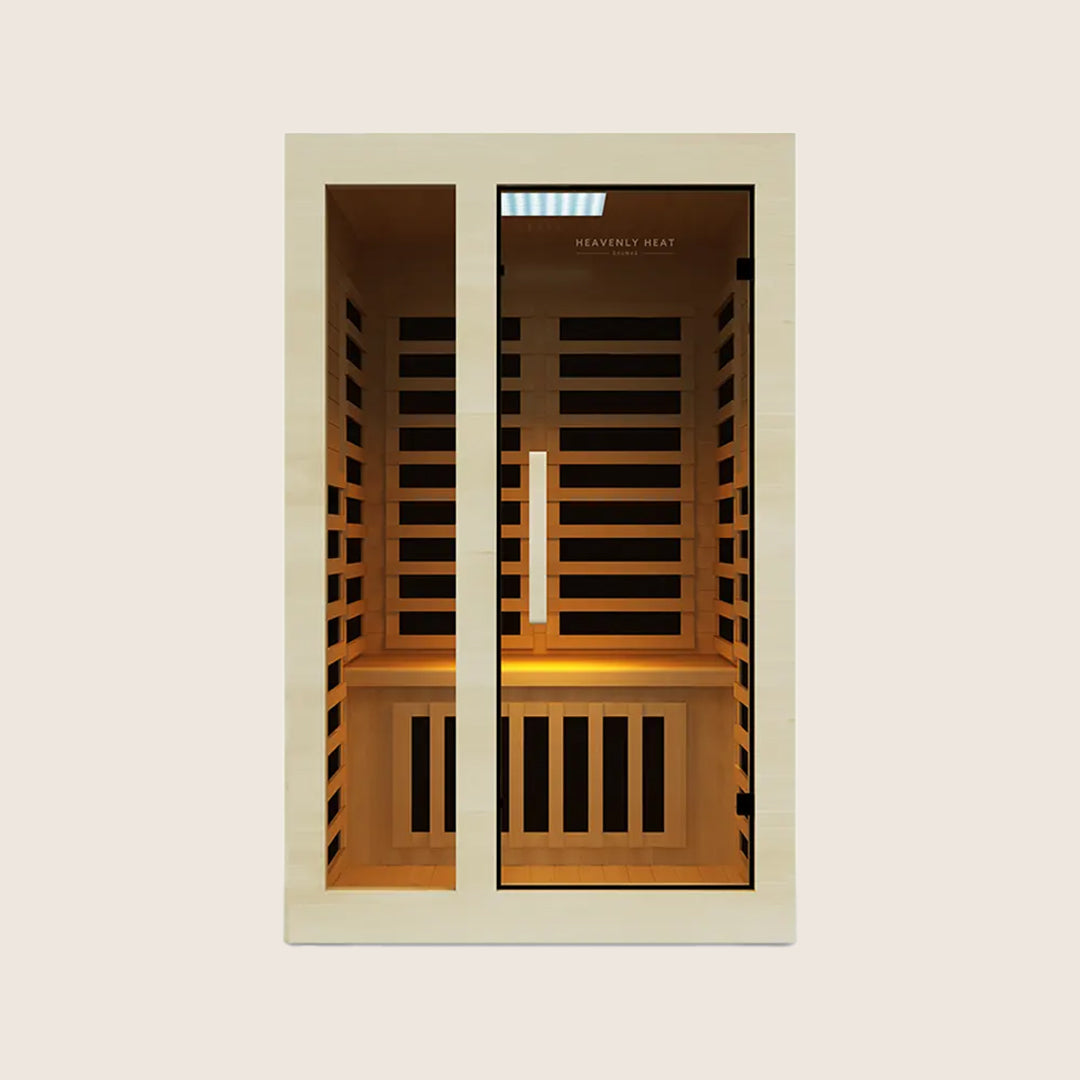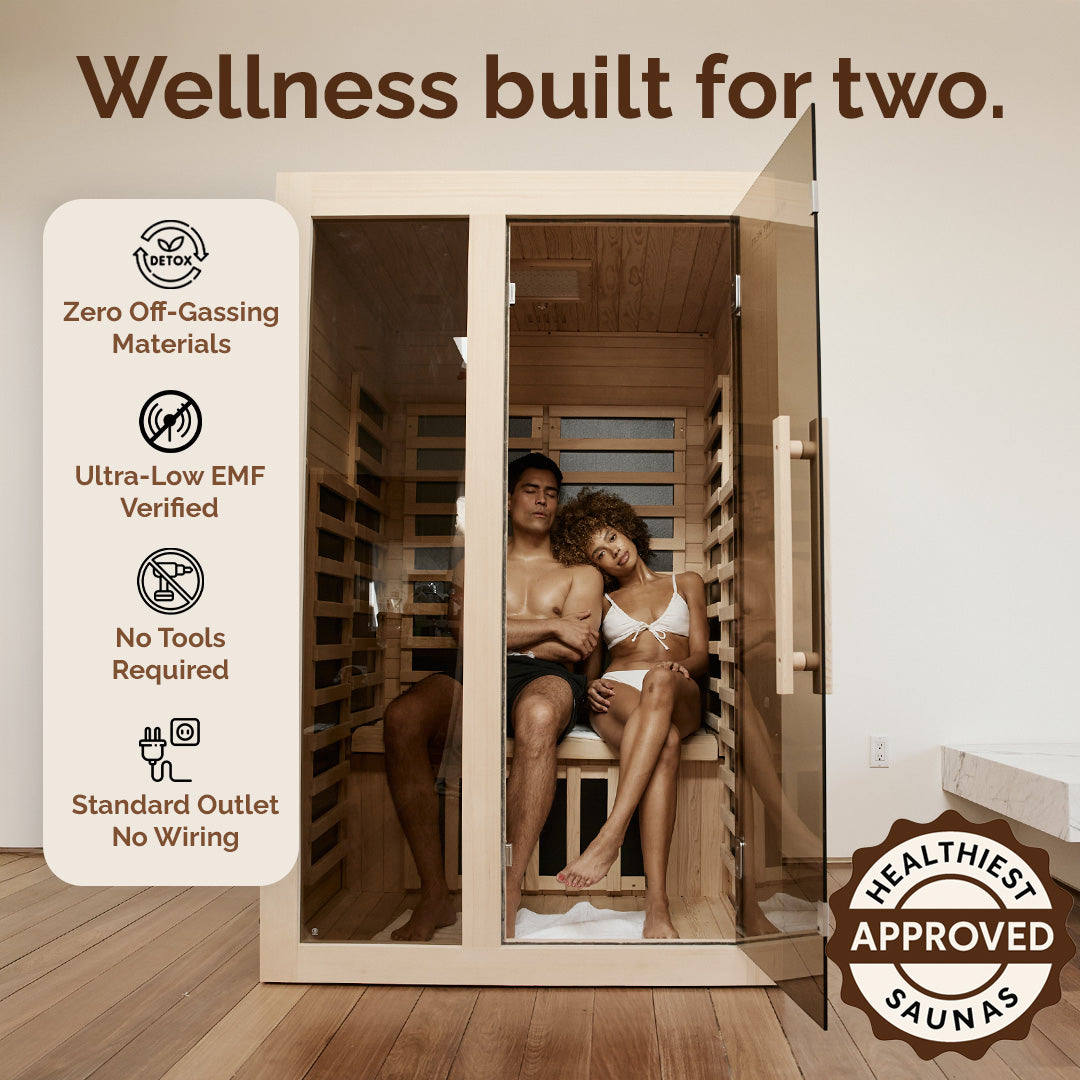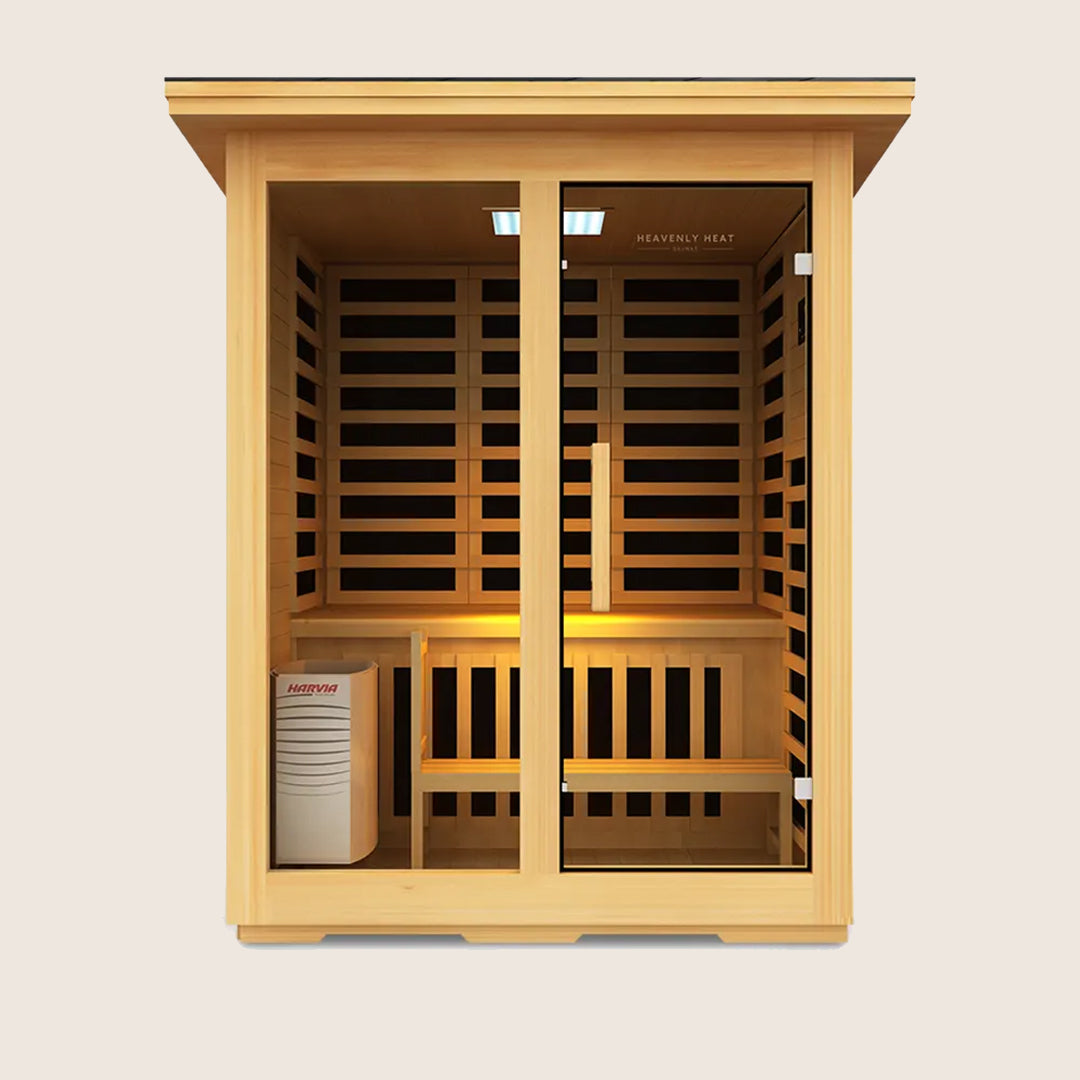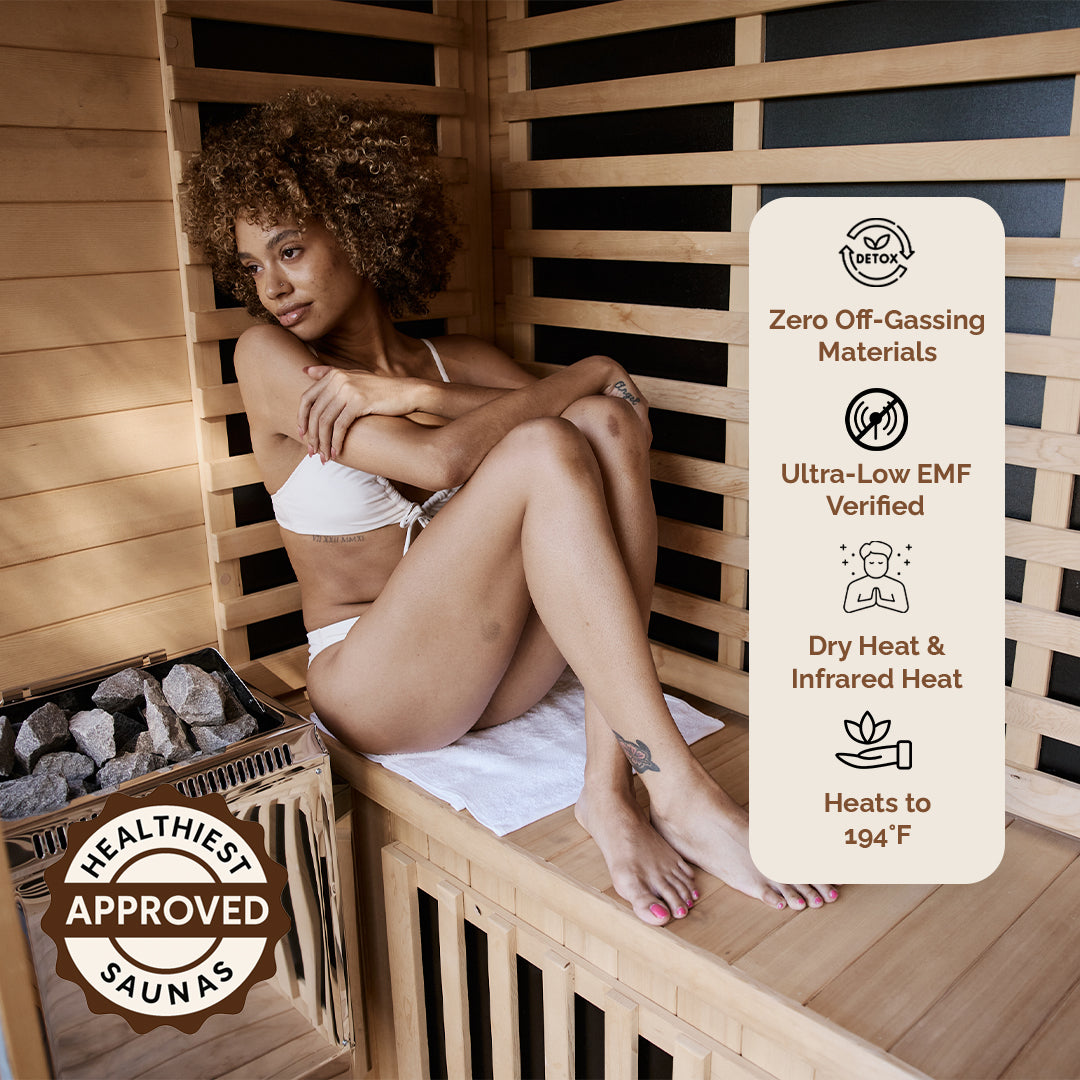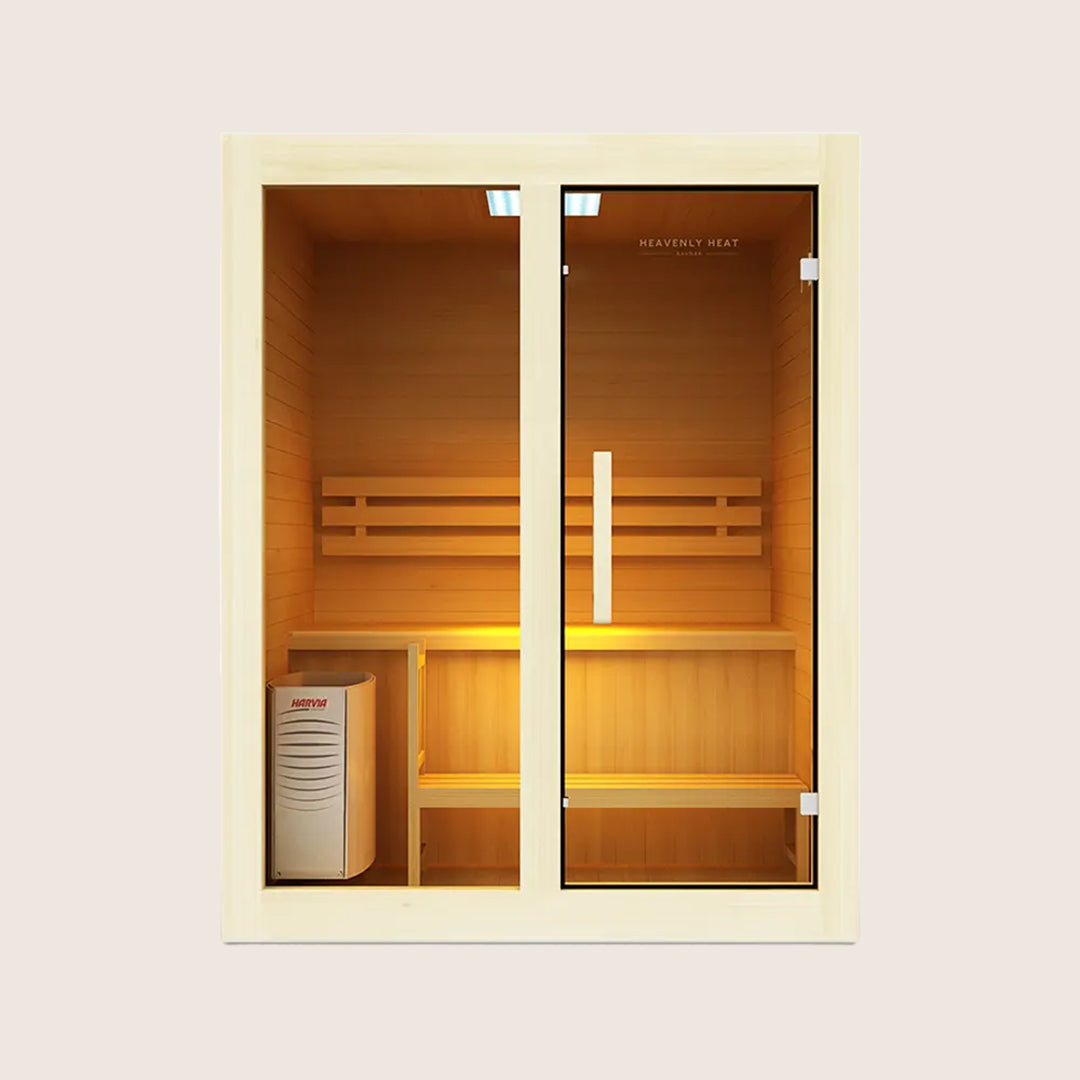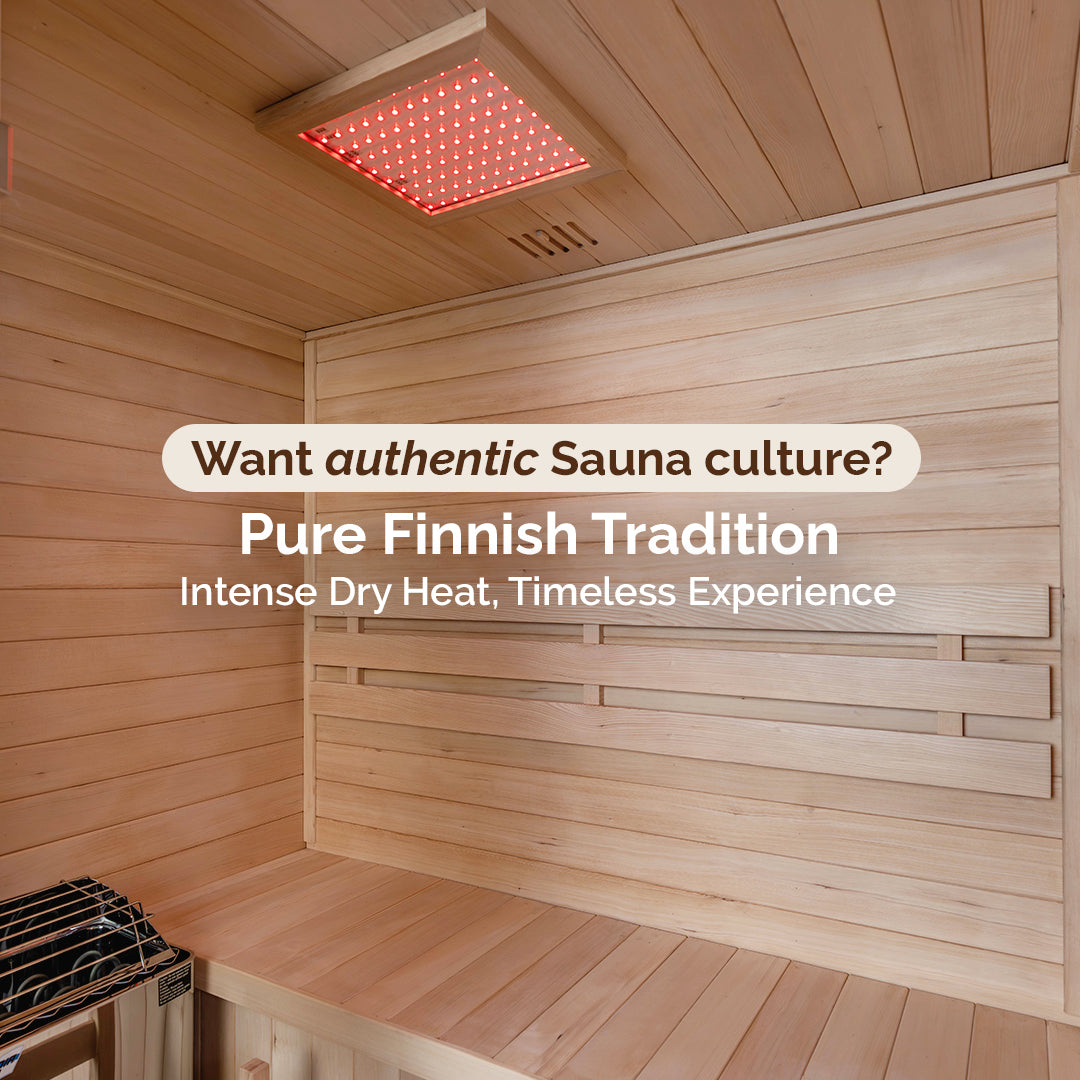Can You Use a Hot Tub in Summer Without Overheating?
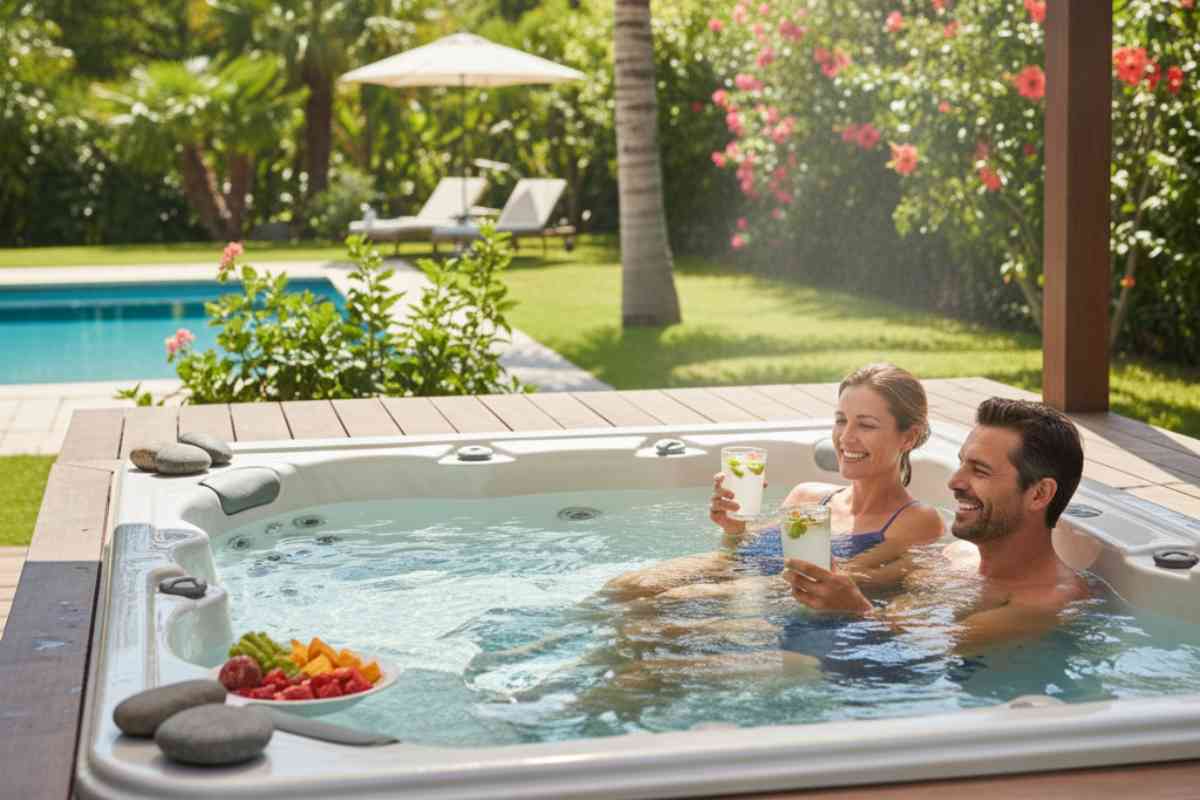
Summer heat doesn’t mean you have to skip your hot tub. With the right steps, you can enjoy a relaxing soak without feeling overheated.
From adjusting water temperature to using shade and cooling tricks, a few smart changes keep your summer hot tub sessions safe, refreshing, and enjoyable—turning hot days into perfect relaxation moments.
Table of contents
Key Takeaways
Adjust Water Temperature for Comfort: Keep your hot tub between 85–95°F in summer to stay refreshed and safe.
Use Shade and Covers: Protect your tub from direct sun to maintain cooler water and extend equipment life.
Cool Water Strategically: Add ice, cold water, or use a chiller to quickly reduce water temperature when needed.
Soak Safely: Limit sessions to 15–30 minutes, hydrate, and avoid high water temperatures to prevent overheating.
Enhance Health and Relaxation: Summer hot tub use can reduce stress, improve sleep, ease muscle and joint pain, and support circulation.
Can You Use a Hot Tub in Summer?
Yes, you can use a hot tub in summer, but comfort and safety require adjustments. Keep water between 85–95°F, use shade or covers, and limit soaks to 15–30 minutes.
Cooling with ice, cold water, or a chiller helps, while proper circulation, hydration, and timing (morning/evening) prevent overheating.
Summer hot tubs still support relaxation, sleep, circulation, muscle relief, and skin health.

How to Adjust and Maintain Hot Tub Temperature in Summer?
Controls: Use your hot tub controls to adjust temperature quickly.
Ideal Temperature: Keep summer water between 100–102°F for comfort and safety.
Gradual Adjustment: Turn the thermostat down gradually to avoid temperature shocks.
Cooling Methods: Add cool water or run jets to lower hot tub heat fast.
Water Levels: Check and maintain water levels to keep temperature stable.
Prevent Overheating: Limit sun exposure and cover the tub when not in use.
Energy Saving: Reduce heat during the hottest hours to save energy.

Cooling Techniques for Hot Tubs in Summer
Adjust Water Temperature Settings
When summer temperatures rise, adjusting your hot tub’s water settings can make it much more enjoyable.
Instead of keeping the water as warm as you might in colder months, lowering it to around 85° to 95°F (29° to 35°C) creates a refreshing soak that feels soothing without being overwhelming.
This change isn’t just about comfort—it’s also an easy way to cut back on energy use. Dropping the temperature by even a few degrees can noticeably reduce energy consumption, while still keeping the water pleasant and inviting.
The key is finding that balance where the water feels good and runs efficiently. Safety also plays a role here.
The CDC advises that hot tub water should never go above 104°F (40°C), since hotter settings can increase health risks.
By combining comfort, energy savings, and safety guidelines from trusted organizations like the CDC, you can make the most of your hot tub all summer long.
Use Shade and Sun Protection
Keeping your hot tub shaded during summer can make a noticeable difference in water temperature.
A shaded hot tub heats up more slowly and cools faster than one in direct sunlight, reducing the need for constant heating and helping maintain a comfortable temperature.
Shade structures like pergolas, umbrellas, or canopies can block up to 96% of harmful UV rays, protecting both the water and your hot tub’s materials.
Prolonged sun exposure can degrade the acrylic shell, cover, and jets over time, while using a proper cover helps retain heat, lower evaporation, and reduce energy use—some reports suggest covers can cut heat loss by up to 50%.
By combining shade with a high-quality cover, you enjoy cooler water, slower chemical breakdown, and longer-lasting equipment.
This simple approach allows you to relax comfortably in hot weather while safeguarding your investment from the sun’s harsh effects.
Add Ice or Cold Water
Using ice or cold water is a popular way to cool a hot tub during sweltering summer days, but it has its limits.
A few bags of ice can lower the water slightly, some users report drops from 109°F to 104.5°F, but the effect is temporary, especially if the heater is still running.
Since hot tubs hold hundreds of gallons, a significant amount of ice is needed for a noticeable difference.
Research highlighted in the Journal of Military and Veterans’ Health shows that ice can absorb more heat than cold water alone, making it moderately effective for quick cooling.
A common guideline is a 1:3 ratio of ice to water by volume. For more lasting results, consider turning down the thermostat, shutting off the heater, running the pumps, or partially draining and refilling with cooler water.
Always check water balance and aim for safe summer temperatures, ideally around 85–95°F.
Install a Chiller or Cooling System
Finding your hot tub too warm during summer? Installing a dedicated chiller or cooling system can make a noticeable difference.
Unlike relying on shade or adding ice, a properly sized chiller can lower water temperature by up to 5°C, keeping your spa comfortable even on the hottest days.
According to manufacturer data and vendor experiences, chillers effectively maintain safe soaking temperatures, though their efficiency depends on factors like ambient temperature, humidity, insulation, and spa size.
Monthly energy use varies, with a standard hot tub consuming anywhere from 90 to 600 kWh, depending on these conditions.
While chillers require higher upfront costs, they are often more energy-efficient than other cooling methods, helping reduce operating expenses over the summer.
When combined with regular maintenance, proper insulation, and smart load management, a chiller can reliably keep your hot tub refreshing, transforming it into a perfect retreat even during peak summer heat.
Improve Water Circulation
Improving water circulation in a hot tub is more than just a maintenance tip. Proper circulation ensures that the heat spreads evenly, keeping every corner of the tub comfortable.
It also helps clean the water by distributing chemicals and filtering out debris, reducing bacteria growth.
Circulating water can enhance muscle relaxation, letting tension melt away more effectively.
Better flow even supports detoxification as your skin interacts with moving, clean water. By maintaining strong circulation, you not only protect your health but also enjoy a smoother, more relaxing experience every time you step in.
Cover and Insulate Strategically
Hot tubs can lose a surprising amount of heat up to 60%, through the water’s surface when left uncovered, which can quickly increase energy bills.
Using a high-quality, well-fitted insulated cover can reduce energy use by as much as 75%, making it a smart investment for the summer.
The type of cover matters: vinyl covers primarily limit heat loss by reducing evaporation, while thermal or solar blankets not only trap heat but also harness sunlight to naturally warm the water.
Research and manufacturer data confirm that insulated covers help maintain a stable water temperature by minimizing evaporation and adding a thermal barrier.
To get the most benefit, keep your cover in good condition, check for tears, waterlogging, or broken locks.
A well-maintained cover keeps your hot tub warm, reduces heater workload, and saves energy, letting you enjoy a comfortable soak without worrying about extra costs.
Soak During Cooler Times of Day
To minimize water loss and prevent plant stress, soak your hot tub plants during cooler times, ideally early morning.
Water penetrates deeply, encouraging strong root growth, while leaves dry quickly, reducing disease risk. Water slowly at the base, avoiding wetting foliage overnight for optimal results.
Hot Tub Usage Timing and Safety During Summer
Soaking in a hot tub on a warm summer day can be incredibly relaxing, but it’s important to be mindful of safety.
For most healthy adults, limiting your soak to 15–30 minutes when the water is between 100°F and 104°F (38°C–40°C) is recommended, as experts note this helps prevent overheating.
Summer heat makes it harder for your body to cool down naturally, increasing the chance of dehydration, fainting, heat stroke, or added strain on the heart.
Hot tubs can actually help regulate body temperature by improving circulation and creating a cooling effect afterward.
Safety organizations such as the CDC and the American Heart Association suggest keeping water below 104°F, excluding children under five, consulting a doctor if pregnant, staying hydrated, and avoiding alcohol.
For outdoor tubs, enjoying your soak during cooler hours like early morning or evening and using shade can make a big difference. Take breaks, rise slowly, and soak mindfully to enjoy the benefits safely.
Health and Relaxation Benefits of Using a Hot Tub in Summer
Stress Relief and Mental Relaxation
Soaking in a hot tub during summer can be a refreshing way to care for both body and mind.
Studies show that warm water immersion, a type of hydrotherapy, helps lower cortisol, the stress hormone, by improving circulation, relaxing muscles, and releasing endorphins.
Research highlighted in Frontiers of Nursing also emphasizes that hydrotherapy can improve sleep quality, particularly in older adults, helping to naturally ease sleep deficiencies.
Beyond promoting rest, regular immersion in warm water has been linked to better mood and reduced anxiety.
Findings published in Evidence-based Complementary and Alternative Medicine reveal that participants who enjoyed warm baths experienced less stress, tension, fatigue, and depression, while reporting improvements in emotional well-being and social functioning.
The buoyancy of hot tubs further eases pressure on joints, offering physical comfort, while the gentle warmth signals the nervous system to relax.
Altogether, summer hot tub sessions are more than a luxury—they are a simple, science-backed way to unwind, elevate mood, and support overall mental and physical wellness.
Muscle and Joint Pain Relief
Using a hot tub in summer is more than just a way to unwind, it can have real health benefits for muscles and joints.
Warm water immersion, or hydrotherapy, boosts blood flow, bringing oxygen and nutrients to tired tissues while helping remove waste products that contribute to soreness.
This helps muscles relax, reduces stiffness, and improves range of motion, supporting recovery after exercise or managing chronic conditions like arthritis and fibromyalgia.
The buoyancy of water eases pressure on joints, and water jets provide gentle massage to loosen tight muscles.
Notably, research featured in A Journal of Medical Care Organization, Provision and Financing highlights that hot spring baths can significantly relieve musculoskeletal pain, including arthritis, with most participants noticing improvements after just a few days.
Maintaining a comfortable water temperature between 92–100°F (33–38°C), regular hot tub use offers a natural, safe, and cost-effective way to reduce pain, improve circulation, and enhance overall mobility.
Enhanced Sleep Quality
Research featured in Sleep Health highlights that enjoying a hot tub in the evening can noticeably improve sleep quality by combining warmth, relaxation, and physical benefits.
A study involving over 2,200 older adults showed that those who bathed in hot tubs experienced higher sleep efficiency, shorter wake periods during the night, and lower chances of reporting poor sleep.
Immersing in warm water before bed accelerates the body’s natural temperature drop, which signals the pineal gland to release melatonin, the hormone that promotes restful sleep.
This effect is enhanced as blood vessels dilate, transferring heat from the body’s core to the skin and allowing faster cooling once you leave the water.
Beyond the temperature benefits, hydrotherapy relaxes muscles and reduces joint pressure, supporting deeper, more restorative sleep.
Experts suggest soaking in 104–109°F (40–43°C) water for at least 10 minutes, one to two hours before bedtime, making hot-tub use a simple, natural way to enjoy better sleep.
Improved Blood Circulation
Relaxing in a hot tub during summer can do more than ease muscle tension—it can also support your heart and circulation.
Research from the International Journal of Environmental Research and Public shows that warm water immersion encourages vasodilation, boosts blood flow, and improves oxygen delivery, offering benefits similar to light exercise.
Findings published in Mayo Clinic Proceedings suggest that even though heart rate and blood pressure rise less during a hot tub session than during cycling, cardiovascular function still improves safely, even for people with stable heart conditions.
A review in the International Journal of Caring Sciences also highlights that hydrotherapy can lower blood pressure in hypertensive patients, making it an accessible, low-impact addition to traditional treatment.
Moreover, Experimental Physiology reports that heat therapy enhances vascular function and flow-mediated dilation, indicating that regular sessions may help protect against cardiovascular issues.
Overall, soaking in a hot tub is not just relaxing—it’s a simple, research-supported way to improve circulation, support heart health, and promote overall wellness.
Skin Health and Detoxification
Many people assume that soaking in a hot tub helps flush toxins from the body through sweat, but scientific evidence suggests otherwise.
Experts point out that substances like mercury, alcohol, and most drugs are processed and eliminated by the liver, kidneys, and intestines, not through sweating.
While sweating can help regulate body temperature, it doesn’t act as a detox method. Still, hot tubs provide notable benefits for the skin.
A study highlighted in Scientific Reports examined the effects of hot spring bathing on Capybaras and found that soaking in mildly alkaline water enhanced skin hydration, elasticity, and overall appearance.
Regular bathing helped restore moisture, smooth rough patches, and balance skin affected by seasonal changes.
The research also observed increased comfort and warmth after a 30-minute soak, demonstrating both relaxation and dermatological advantages.
So, although hot tubs aren’t a shortcut for detoxifying the body, they offer meaningful improvements for skin health while delivering a soothing, restorative experience.
Social Connection and Emotional Wellness
Sharing a hot tub with friends or family does more than feel good—it strengthens emotional bonds.
Spending time together in a warm, relaxing environment can reduce loneliness and foster empathy.
Conversations flow naturally, and relationships often feel more satisfying when people relax side by side.
Regular group sessions may prevent summer isolation and improve overall mental health by combining social and emotional relaxation.
Hot tub socializing creates a sense of community while promoting calm and happiness. The shared experience of comfort and warmth can leave everyone feeling connected, understood, and emotionally refreshed.
Seasonal Comfort and Relaxation
Using a hot tub during summer can be surprisingly refreshing when you follow simple tips. Early mornings or evenings offer cooler air, making the warm water enjoyable without overheating.
Aromatherapy can enhance relaxation, using scents like lavender or eucalyptus to boost calmness.
Hot tubs help relieve stress, letting your body release tension and your mind unwind. Even on hot days, adding cold water or taking breaks outside the tub keeps you comfortable.
The combination of warm water, gentle jets, and mindful use turns a summer hot tub session into a soothing escape that refreshes both body and mind.
Hot Tub Maintenance Tips for Summer
Clean and Balance Water: Keep your water clean and chemically balanced for safe soaking.
Clean Filters and Surfaces: Regularly clean filters, walls, and seats to prevent buildup.
Protect from Heat: Shield your tub from excessive summer heat to avoid damage.
Check Pumps and Jets: Inspect pumps, heaters, and jets for smooth operation.
Maintain the Cover: Keep your hot tub cover clean and in good condition.
Prevent Bacteria: Take steps to stop bacteria growth and cloudy water.
Save Energy: Use energy-efficient practices while running your hot tub.
FAQ
Can I use my hot tub without the heater on during summer?
Yes, you can use your hot tub without the heater in summer by turning it off or setting it to 80–90°F, running the jets, adding ice or cold water, venting the cover, and keeping the filtration system active to maintain circulation and prevent bacterial growth.
Can children safely use a hot tub in summer?
Children under five should avoid hot tubs due to overheating, drowning, and skin risks. Older children may use them with adult supervision, water at 98°F (33°C) or lower, 10-minute limits, hydration, drain safety, locking covers, fencing, and pediatrician guidance to ensure safe summer use.
How often should I check or change hot tub water in summer?
You should check hot tub water weekly and change it every 3–4 months, or sooner in summer if usage is high. Watch for cloudy water, odors, chemical imbalances, or TDS buildup. Maintain clarity by testing chemicals, rinsing filters, and using biofilm cleaners before refilling.
Is it safe to use a hot tub during a heatwave?
Using a hot tub during a heatwave can be risky for your health. Research highlighted by Cureus shows that hot water immersion raises body temperature, puts extra strain on the heart, and can lead to dehydration, electrolyte imbalances, and fainting, risks that grow if alcohol is involved or if someone has existing cardiovascular issues. The CDC notes that prolonged exposure to high heat can stress the cardiovascular system, increasing the chances of heart failure, arrhythmias, and stroke. Experts recommend keeping hot tub water at or below 104°F (40°C) and limiting sessions to 10–20 minutes. For children, older adults, and pregnant individuals, cooler temperatures around 95–98°F are safer. During extreme heat, water between 85–95°F is advised, along with frequent hydration, shade, and avoiding alcohol. While specific statistics on heatwave-related hot tub incidents are scarce, documented cases of hyperthermia, drowning, and heart strain highlight the potential dangers. Paying attention to water temperature, soaking time, and personal health can help you enjoy a hot tub safely, even when it’s scorching outside.


